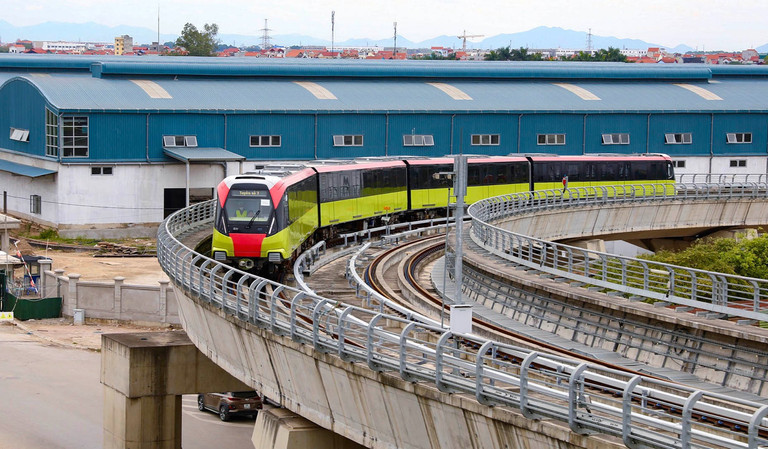
The ministry believes that it is necessary to amend the Law on Railway to make railway projects more attractive to investors. Under current laws, state capital in PPP railway projects account for no more than 50 percent of total investment of the projects. However, MOT thinks the ceiling capital contribution needs to be raised from 50 percent to 80 percent.
The higher state capital proportion will help attract non-state resources, especially when Vietnam is preparing for key railway projects.
MOT stressed that the increase in state capital contribution will create a breakthrough in railway infrastructure development, especially urban and high-speed railways.
The ministry has estimated that if the state contributes 80 percent of total capital of railway projects, and the remaining 20 percent from private investors, Vietnam would mobilize up to VND48 trillion worth of non-state capital by 2030 for national railways alone.
The Ministry of Planning and Investment (MPI) said it would be better to separate huge projects into component projects and implement these as separate projects, or apply different modes of investments to them.
The ministry believes that it is necessary to consider thoroughly raising the maximum state capital contribution to 80 percent to ensure feasibility and policy effectiveness.
The Ministry of Justice said compilation agencies need to specify which projects can have higher state capital proportion, and identify cases to apply the new capital contribution proportion, suggesting that this should be applied to projects listed in the Politburo’s Conclusion No 49, which includes North-South high-speed railways.
In addition to the proposal on raising the maximum state capital contribution to 80 percent, MOT has also proposed adding a provision that first-class or higher-level urban areas, which have national railways going through, must locate passenger stations in the central area to make it convenient for people to travel.
In developed countries, as national railway passenger stations are located in the central areas of cities, passengers can go directly from the center to the suburbs, with no need to change trains.
N. Huyen